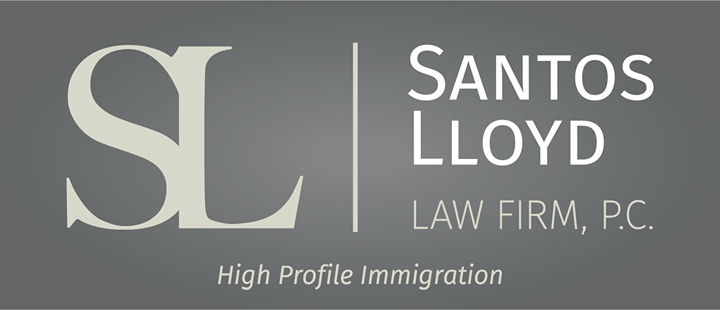Como evitar o abandono do status LPR

Click here to read this article in English
Agora você quer visitar a família no exterior, e então o COVID aconteceu, e sua mãe ficou doente, e depois de tudo isso, você só precisava de umas férias relaxantes em uma praia em Portugal, e o que era para ser uma viagem de 2 semanas se transformou em um estadia de 8 meses. Você corre o risco de os oficiais da patrulha de fronteira dos EUA pensarem que você abandonou seu status de Residente Permanente Legal (LPR)? Se sim, o que você faz? Como você pode passar um longo período fora dos Estados Unidos, sem abandonar seu status? Continue lendo para descobrir.
Não há um período fixo de tempo que acione o abandono, mas os LPRs são tratados como candidatos à readmissão se estiverem ausentes dos Estados Unidos por um período contínuo superior a 180 dias. INA § 101(a)(13)(C)(ii). Embora um LPR retornando de uma visita de mais de 180 dias esteja sujeito aos motivos de inadmissibilidade e possa ser questionado quanto ao potencial abandono da residência, isso geralmente só ocorre quando o LPR está ausente há mais de um ano.
Quando um LPR permanece no exterior continuamente por mais de um ano, presume-se que houve abandono. 8 CFR § 211.1(a)(2). Mas isso pode ser restaurado pela comprovação do LPR de que manteve laços suficientes com os Estados Unidos e nunca teve a intenção de abandonar a residência. Se você estimar que esteve fora dos Estados Unidos por mais de um (1) ano, é recomendável solicitar uma permissão de reentrada. Uma permissão de reentrada estabelece que você não pretendia abandonar seu status e permite solicitar a admissão nos Estados Unidos após viajar para o exterior por até 2 anos sem a necessidade de obter um visto de residente de retorno. Permissões de reentrada são normalmente válidas por 2 anos a partir da data de emissão. Para obter uma permissão de reentrada, preencha o Formulário I-131, Solicitação de Documento de Viagem. Se possível, você deve preencher esta solicitação com bastante antecedência da viagem planejada. Além disso, você não pode preencher um Formulário I-131 para obter uma permissão de reentrada, a menos que esteja fisicamente presente nos Estados Unidos quando preencher o formulário. Você também deve ter sua biometria tomada antes de deixar os Estados Unidos; a biometria não pode ser feita fora do país. No entanto, se você preencher o I-131 e completar sua biometria, poderá sair dos EUA enquanto o I-131 estiver pendente e, se/quando aprovado, o documento de viagem poderá ser enviado a uma embaixada dos EUA no exterior para você retirar no país estrangeiro. Você não precisa de uma permissão de reentrada se estiver fora dos EUA por menos de 1 ano.
Se você não tiver uma permissão de reentrada para retornar aos Estados Unidos após um longo período fora, poderá argumentar que não abandonou seu status e apresentar evidências para apoiar seu argumento ao oficial de patrulha de fronteira no porto americano de entrada. Evidências para comprovar que você manteve seu status durante seu tempo ausente incluem, mas não se limitam a: prova de incapacidade médica; falecimento de um familiar; pagamentos de hipotecas de uma casa nos Estados Unidos; emprego em uma empresa americana no exterior; uma carteira de motorista emitida no ano anterior e comprovando o mesmo endereço registrado no Formulário I-94, Registro de Chegada e Partida; o nome e endereço do empregador nos EUA e evidência de que um salário foi pago dentro de um período de tempo razoável; evidência de matrícula de crianças em uma escola dos EUA; prova de que a permanência prolongada no exterior foi causada por circunstâncias imprevistas; comprovação de data predeterminada de término da viagem, como formatura ou término de contrato de trabalho; evidência de ter preenchido declarações de imposto de renda nos EUA no(s) ano(s) anterior(es); e evidência de propriedade, seja imóvel ou móvel, nos Estados Unidos. 9 FAM 42.22 N. 1.3.
Se você não tem certeza se abandonou seu status de LPR ou deseja aconselhamento sobre viagens prolongadas fora dos Estados Unidos,por favor, contate um de nossos advogados de imigração altamente experientes hoje mesmo!
Este blog não se destina a fornecer aconselhamento jurídico e nada aqui deve ser interpretado como estabelecimento de um relacionamento advogado-cliente. Por favor, agende uma consulta com um advogado de imigração antes de agir com base em qualquer informação lida aqui.





